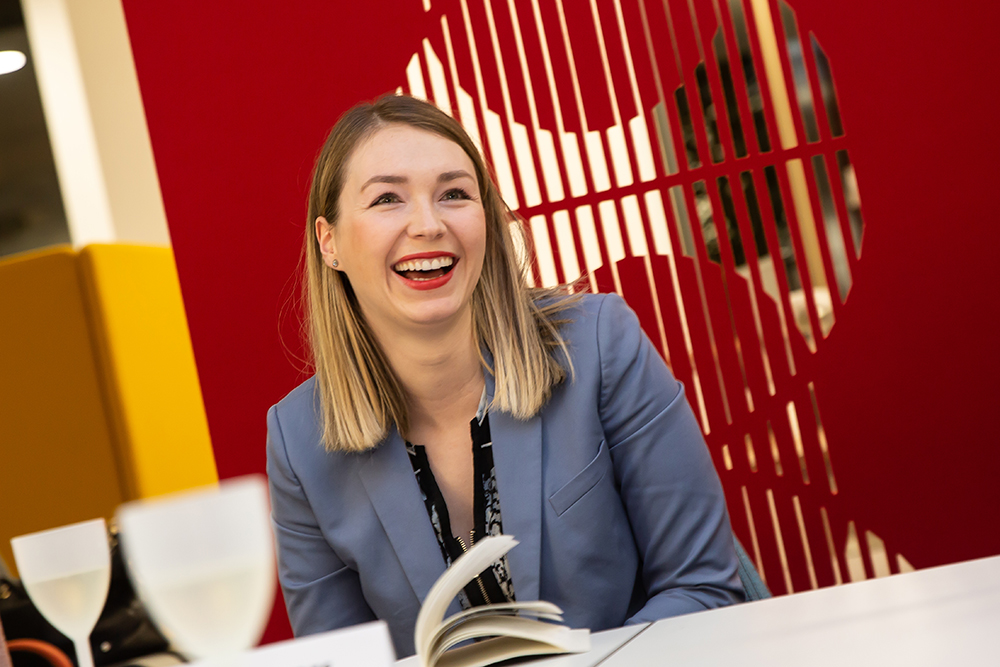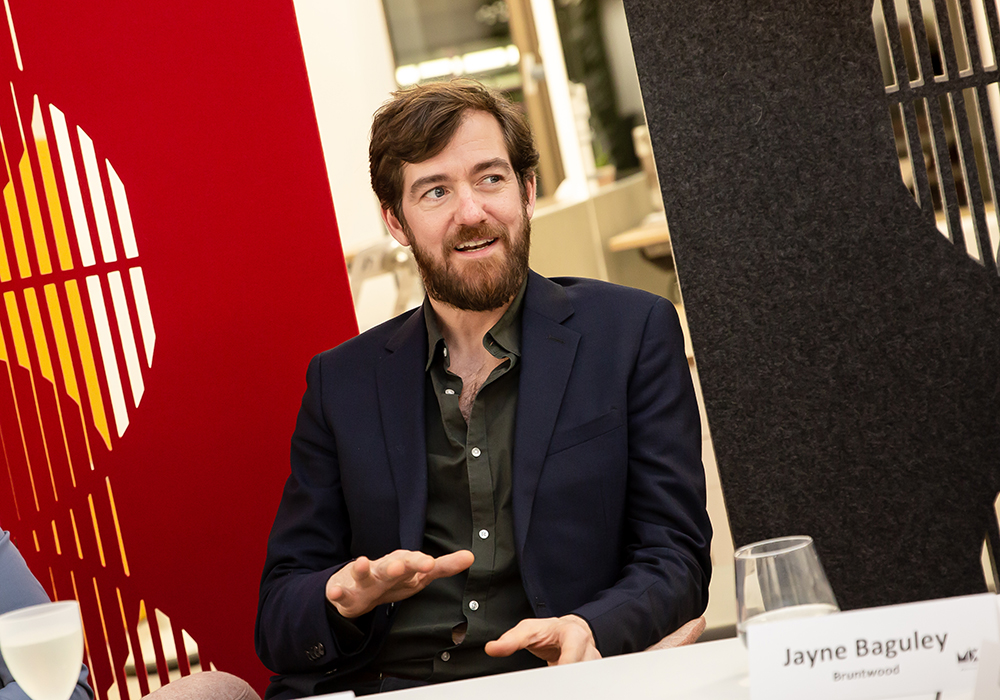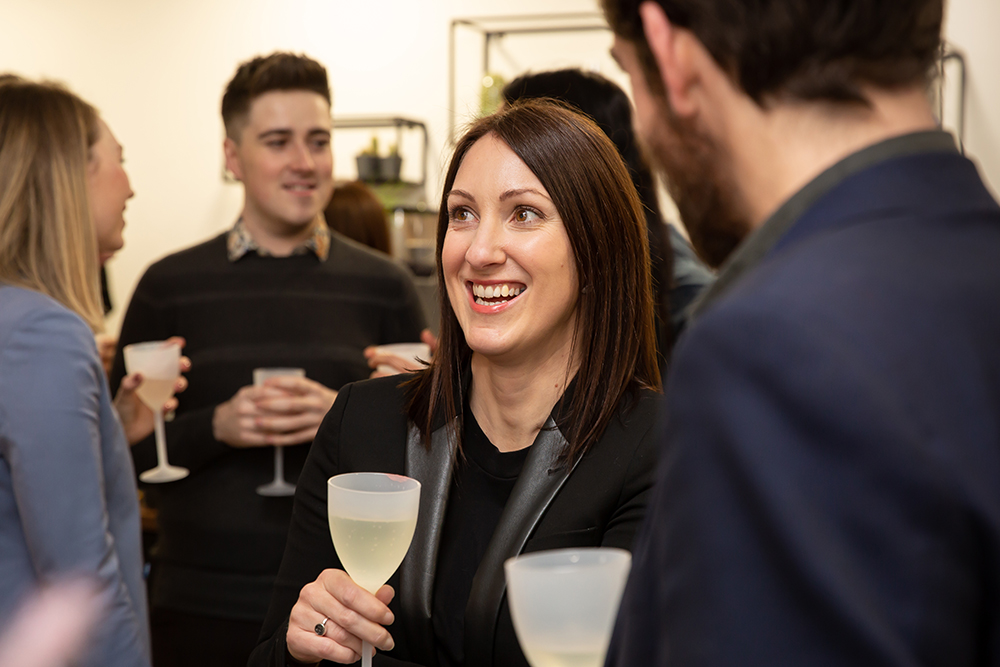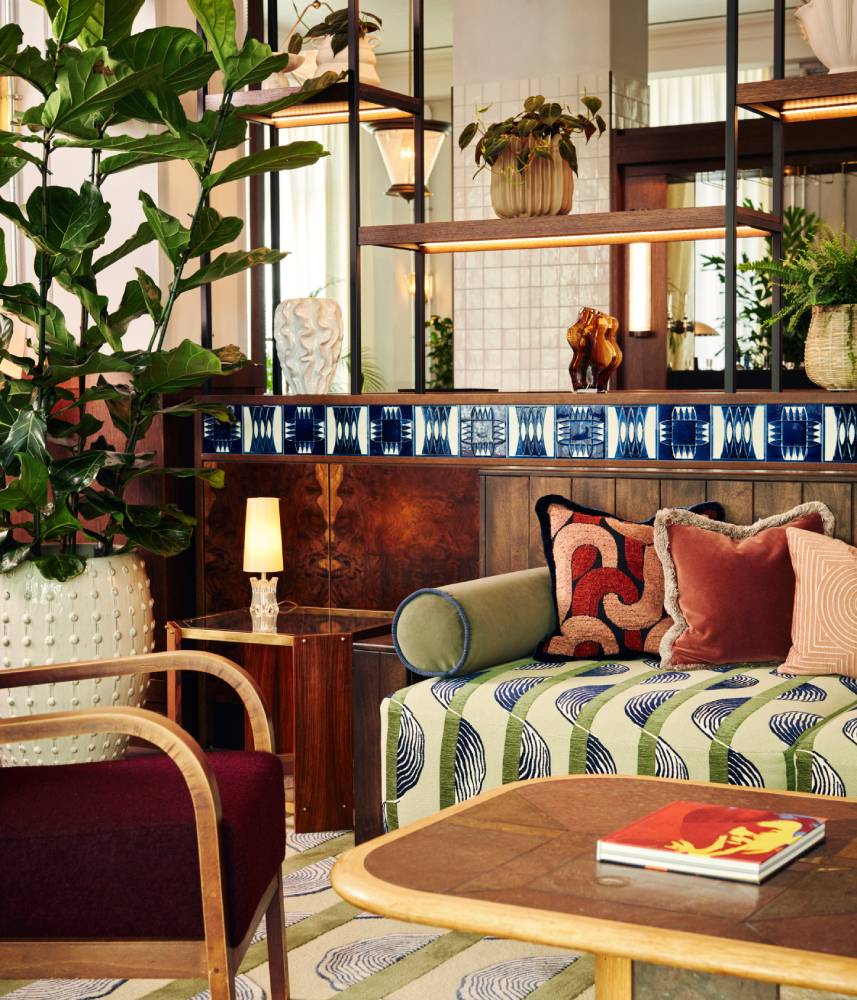Mix Roundtable: Wellbeing
Wellbeing: Why do we continue to value engineer something so priceless? We’re at Assmann’s amazing new Spring Gardens Design Studio in Manchester, where we’ve gathered a brilliant panel of leading designers and developers, together with representatives from our sponsor, Altro.

We live in a time when, particularly in our major cities, there is intense pressure on property developers to create greater efficiencies, with the emphasis on affordability.
Cost appears to be central, but few are left in any doubt that the creation of a workspace must have people at the centre; where people can work and connect in a place that does not have a detrimental physical and mental impact. However, are those involved in the creation of workplace, leisure and education really considering the long-term issues of wellbeing over the short-term cost pressures.
Our conversation begins with the world of property – and the major changes that have occurred in the profession over the past few years. So what does our panel believe those changes to be?



John: Because the market has changed so much, you have to provide something that’s going to suit the market. There’s been a definite softening – an idea of understanding what the client actually wants. We do have to think about things differently now. You have to be focused on what the market wants because people are more aspirational now.
Jayne: It is definitely more people-focused today. Looking at a lot of the buildings we currently have in our portfolio, what was originally ‘lettable’ space is now being taken over by amenity space, to encourage people to actually want to take space within that building – and also to allow businesses within that space to offer their people access to those facilities.
Ian: With younger people coming into businesses and wanting different things from their work life, we have to respond to that and generate different offerings. We’re a customer of Bruntwood, and if you look at Neo on Charlotte Street, you wouldn’t have had that workspace on the first floor previously – but you’ve now got a great space for social interaction – it just works really well. You’ve also got residential developers now giving some social value back to the people who are living there. I don’t think that developers – before the crash in 2008-2009 – would have even thought about that. I think that was the turn in the market.
Marie: I think there’s a change in all the sectors that we’re working in – and there’s much more of a blend. Even the language we’re using has changed – tenants have now become customers. It’s much more service-driven today. The blend with hospitality – what occupiers can offer to their customers – is right at the forefront.

Jayne: We now look at what life we can add to a space – to make it more aspirational and interesting, to lure people into the space. I also think it’s not just about the space itself, it’s also about the amenity that goes with that, whether that’s within the building or as part of the wider community.
Yara: Do you find that the client is willing to pay for a bulletproof wellbeing design, or is it just a façade? Are they jumping on the trend or are they willing to put their money into it?
I also think it’s not just about the space itself, it’s also about the amenity that goes with that, whether that’s within the building or as part of the wider community.
Aline: I think it’s sometimes quite difficult to convince the client. If it’s about physical factors such as lighting, which is easier to measure, it’s more straightforward. When it comes to things that aren’t so easy to measure – such as collaborative space – it can be far more difficult to show the client the long-term benefits.
Tom: Rents have gone up here in Manchester year after year for commercial workspace – and they are expected to go up again next year. Therefore, the demand for what you’re getting for your money has to go up with that. I think there is an increasing pressure on developers and letting agents to provide that ‘+space’ – otherwise they’re not going to sell their space in amongst all the other white boxes.
Jayne: I would suggest that this is the case. If people have that amenity, then it adds a value and therefore makes it legitimate and okay to invest that extra money in their staff in order to retain and bring in the best people to their business. Again, it comes down to the culture of the business and whether they truly believe in that or not.
Luke: I’m very much in agreement with Marie about how we’re now seeing that blend between sectors. I also think there has been something of a forced change by the end user – things such as advances in technology and the trend towards sustainability; businesses feel that they now have to change. We’re currently working on an educational project where the users are predominantly iGen – they want to sit down and plug in and that way of working will follow into the workplace.



So are clients becoming more knowledgeable? Is there a move towards businesses wanting to look after people – and how much of this is truly about the space itself?
Tom: That’s an interesting point. I recently went to a BCO event where one of the speakers pulled out a load of facts, one of which was that it doesn’t really matter too much about the workplace. What really does matter and what people really do look for is completing meaningful work. He might have put us all out a job there!
Jayne: I think good design doesn’t have to be fully Instagramable! Good spaces are the ones that are totally intuitive – and therefore allow the passage of what you do in that space. It should be comfortable and intuitive. You need to have the options to be able to get your job done at the end of the day.

John: I definitely think that clients are more knowledgeable – and I think they are aware of how the industry has changed. This is normally down to experience; an experienced client who understands the weight of why they should do things will see the benefits of what a good environment brings.
Marie: A lot of this is about competition – about the attraction and retention of staff. Then we talk about productivity and measuring the performance of spaces – but you can often see this almost instantaneously, looking at sickness levels etc. You don’t have to analyse a space for very long before you start to see a positive impact and whether or not it is a good place to work.
Ian: As an end user, you want to make sure that the people you are bringing into your space are comfortable and are using the space effectively. The demographic is changing – and younger generations want something different, and that something different means we have to create different products.
Dave (Ford, Specification Manger North, Altro): I do think that end users are becoming more knowledgeable. We’ve recently launched a mental health CPD and that has been incredibly popular with not just architects and designers, but also with universities and colleges – because they want to learn about this as well. I think that has a massive impact.
Why, therefore, do we hear more and more cases of value engineering when there is this greater understanding of the value of designing forward-thinking spaces?
Ian: What we find is that there is a disconnect between cost and value. We still have not got that connection between what we’re buying things for and what the perception of the PQS is. The customer will always see the first number shown to them.
Aline: On a lot of projects you find that you get a budget set for everything (the architecture, landscaping etc.) and it is the interior that is left behind – and therefore we struggle to work within that set budget and to give the client what they really want.
I think there is an increasing pressure on developers and letting agents to provide that ‘+space’ – otherwise they’re not going to sell their space in amongst all the other white boxes
John: At the start of a project you can get really excited about what it’s going to be – but you also need to be realistic. You can get overexcited as a designer. You’ve got to crosscheck that vision with what it’s going to cost and what your client really wants – whether you’re actually spending the money in the right place. Also, there are always unknowns in every project.
Tom: Sometimes you have to let the client pick and choose the elements they want to keep within the project – almost like an exercise or a shopping list: would they rather have a smart tap or certain chair designs? So it gives the client more control over the job and helps manage expectations. We almost don’t see a project where there isn’t some level of value engineering nowadays.
Luke: People assume that value engineering automatically means a loss of quality. As a designer you need to have that vision and those options – so rather than having a gold tier chair, you have silver and bronze tier options. You should be aware of the market and be able to achieve their vision without impacting on the quality.



Jayne: Sometimes you might have to be a bit ‘Primani’ – but the overall feel and aesthetic stays as it should be because you’ve ensured that you’ve kept the key elements that are essential in making the scheme work. Sometimes – and this is quite rare – when you’ve actually put something forward that is really, really good and genuinely adds value, the client somehow finds that extra funding! If the desire is there, you can actually be in a position to add that value.
Marie: If the client understands your design it suddenly becomes about value and not cost.
John: For me, those elements that are added for wellbeing – things such as the living walls – are the things inbetween the core elements and are therefore often hard to sell. Clients are often aware that they need to do something – but then wonder whether they really need them.
So are clients now talking about wellbeing, mental health etc. from early in the process?
Jayne: It has to be at the heart of everything that we do. It’s not just about the spaces though – it’s about the culture. Unless you’ve got the right people to communicate this and to operate it, then none of it will work. I think this has to be driven from the top.
Ian: I totally agree. I think that, if you’re looking to build your business around these principles, then it has to start with the leadership. Also, unless you’re creating the facilities to allow people to thrive, how do you expect creativity from your people? If you don’t do this then you’re actually fostering the opposite and therefore almost creating poor mental health.

Conclusion?
We totally agree with the final couple of statements made here (in fact, we agree with pretty much everything our brilliant panel has said throughout). In order to successfully achieve wellbeing goals, it has to be at the heart of everything the team is looking to achieve and, as Jayne says, it is not just about the spaces itself – it’s about the culture. If the culture isn’t right in the first place, you are always going to struggle – and that could result in a very bleak or very short future. Like it or not, projects will continue to be ‘value engineered’ – it’s vital, however, when looking to save on cost, that you’re not stripping the true value at the same time
